Closing the ”Safety Gap” that exists with current collision avoidance sensors
Closing the ”Safety Gap” that exists with current collision avoidance sensors https://calyo.com/core/views/9a91380374/images/empty/thumbnail.jpg 150 150 Calyo Calyo https://calyo.com/core/views/9a91380374/images/empty/thumbnail.jpgAutonomous vehicle technologies, encompassing software such as computer imaging, as well as hardware such as radar and 3-D ultrasound, herald the dawn of one of the most exciting and transformative changes since the invention of the internal combustion engine over a hundred years ago. One can argue that autonomous driving is therefore as far reaching as the change from horse-drawn carriages to cars.
In a policy paper published in August 2022, the UK government has outlined plans for Connected and Automated Mobility (CAM). In rolling out CAM on UK roads, the proposal states the Government’s work will be built around three pillars: ensuring safety and security, securing industrial and economic benefits, and delivering societal benefits. This first pillar is very much in line with the ‘embedding safety and security by design’ principle in the Government’s existing vision for the future of transport in the UK.
To realise the full potential of autonomous vehicles, the proposals state the UK must “transform the way we ensure safety”.
There is universal recognition that sensors are fundamental to the perception of vehicle surroundings in an automated driving system, and the use and performance of multiple integrated sensors can directly determine the safety and feasibility of automated driving vehicles. Like a person’s own five senses, CAM technology is more powerful as a whole than the sum of its parts – each sensor complements the others.
This is precisely where Calyo technology contributes to the increasingly connected and autonomous vehicles sector, offering significant improvements in efficiency and providing the redundancy needed to sense the environment safely.
Supported by the Department for Transport (DfT) via the Connected Places Catapult, and most recently Innovate UK, Calyo has developed and manufactured a suite of next-generation plug-and-play 3-D sensors based on ultrasound, which work towards filling the safety gap that is currently present with existing sensors such as radar and LiDAR. Applications include all types of vehicles.
CAVNASS – Calyo Vehicle Navigation Sensor System – aims to provide wider and more robust evidence of the technology’s potential and explore commercialisation opportunities. This project will enable Calyo to move into the CAM sectors much more quickly and hence drive growth in the UK economy.
Humans ideally access five senses to navigate the world around them and Calyo sensors will add a vital sense to assist autonomous systems. Though it is clear that much work is needed before we fully embrace autonomous mobility on UK roads, iterative development based on industry feedback is critical. Calyo is therefore looking for early adopter clients and partners – join us now and help bolster the safety and security of transport!
- Posted In:
- Blog



